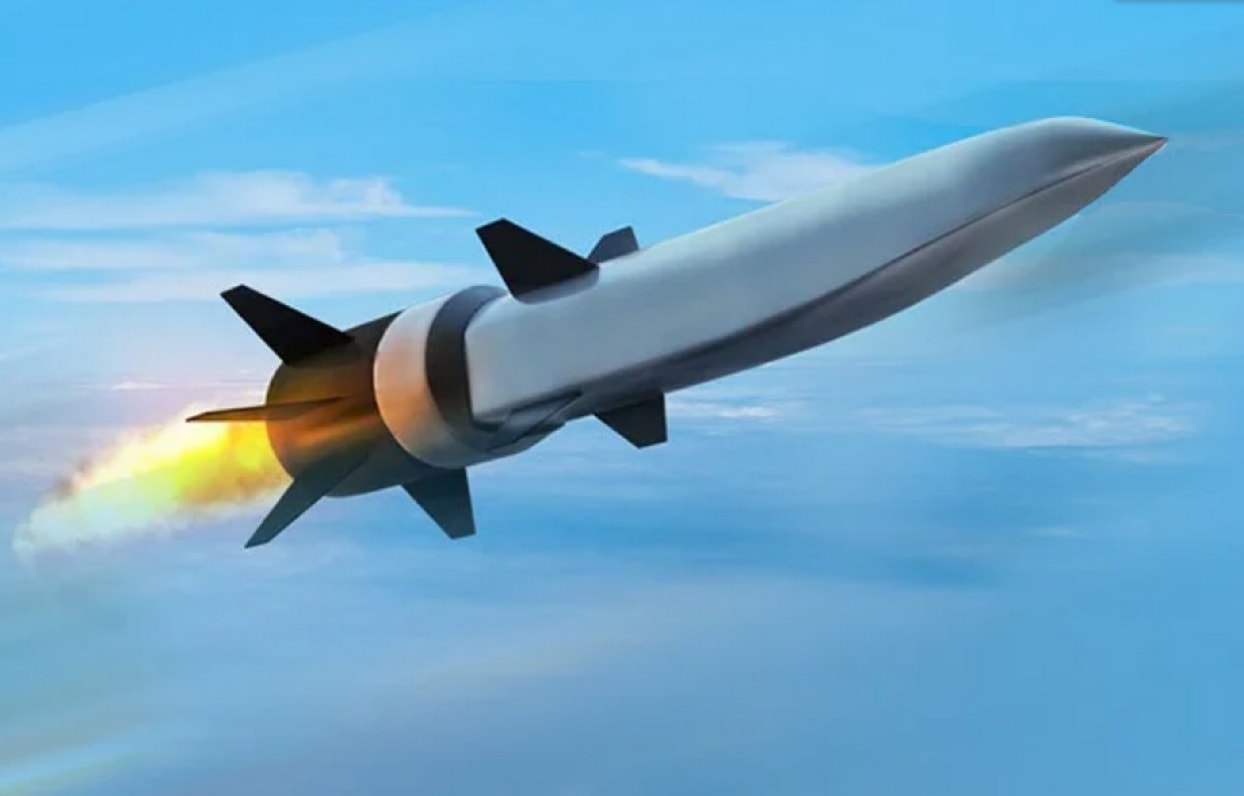Australia is partnering with the United States and Britain to develop long-range hypersonic missiles. The missiles, which will have a range of more than 2,000 kilometers (1,243 miles), will be launched from land, air and sea, according to the Sydney Morning Herald.
The weapons will be developed as part of the Australia-UK-U.S. (AUKUS) pact, a trilateral defense agreement signed in 2021 as a counterweight to growing Chinese power. The pact already drew Beijing’s ire last year after news that Australia would build nuclear-powered attack submarines, with American and British help.
The April 5 joint statement — by U.S. President Joe Biden, British Prime Minister Boris Johnson and Australian Prime Minister Scott Morrison – announced hypersonic and other joint projects, as well as reaffirming the Australian nuclear sub initiative.
“We also committed today to commence new trilateral cooperation on hypersonics and counter-hypersonics, and electronic warfare capabilities, as well as to expand information sharing and to deepen cooperation on defense innovation,” the statement said. “These initiatives will add to our existing efforts to deepen cooperation on cyber capabilities, artificial intelligence, quantum technologies, and additional undersea capabilities.”
Chinese quickly registered its displeasure. Chinese foreign ministry spokesman Zhao Lijian said that Australian hypersonic weapons and nuclear submarines “further intensifies the arms race in the Asia-Pacific.”
Zhang Jun, China’s UN Ambassador, warned that AUKUS should create Ukraine-like conflicts in Asia. “Anyone who does not want to see the Ukrainian crisis should refrain from doing things which may lead the other parts of the world into a crisis like this As the Chinese saying goes: if you do not like it, do not impose it against the others.”
Ironically, China itself has been zealously developing hypersonic weapons, including hypersonic glide vehicles (HGV) lofted high into the atmosphere by ballistic missiles, which then glide down at high Mach speeds.
Long-range hypersonic missiles that can hit targets thousands of miles away would be a worry for China as it contemplates a potential invasion of Taiwan that could trigger war with multiple nations, including the U.S., Japan, Britain and Australia. While land-based hypersonic missiles based in Australia might not threaten mainland China – the port of Shanghai is 3,100 miles from Darwin in northwestern Australia – they could pose a danger to Chinese ships and bases in the South China Sea.
Hypersonic missiles mounted on mobile platforms would be an even bigger headache for Beijing. Australian nuclear-powered attack submarines – difficult to detect and able to stay at sea for months at a time – would be able to launch hypersonic weapons from closer to Chinese territory. Air-launched hypersonic missiles would enable Australian aircraft to launch strikes from well outside mainland China’s air defenses.
Perhaps not coincidentally, the Australian hypersonics announcement comes after multiple milestones in hypersonic weapons over the last month. In March came what appears to be the first combat use of a hypersonic weapon (defined as traveling faster than Mach 5), when Russian jets launched two Kh-47M2 Khinzal missiles at Ukrainian supply depots.
Also in March came a Pentagon announcement that the U.S. had successfully test-fired a Hypersonic Air-breathing Weapon Concept (HAWC) missile from a B-52 bomber, but had kept the news secret for two weeks for fear of escalating tensions with a Russia already infuriated by economic sanctions over its invasion of Ukraine. Meanwhile, Australia is fast-tracking deployment of American-made Joint Air-to-Surface Standoff Missile Extended Range (JASSM-ER) – subsonic cruise missiles with a range of almost 600 miles – on its F/A-18F Super Hornet fighters by 2024.
A seasoned defense and national security writer and expert, Michael Peck is a contributing writer for Forbes Magazine. His work has appeared in Foreign Policy Magazine, Defense News, The National Interest, and other publications. He can be found on Twitter and Linkedin.

